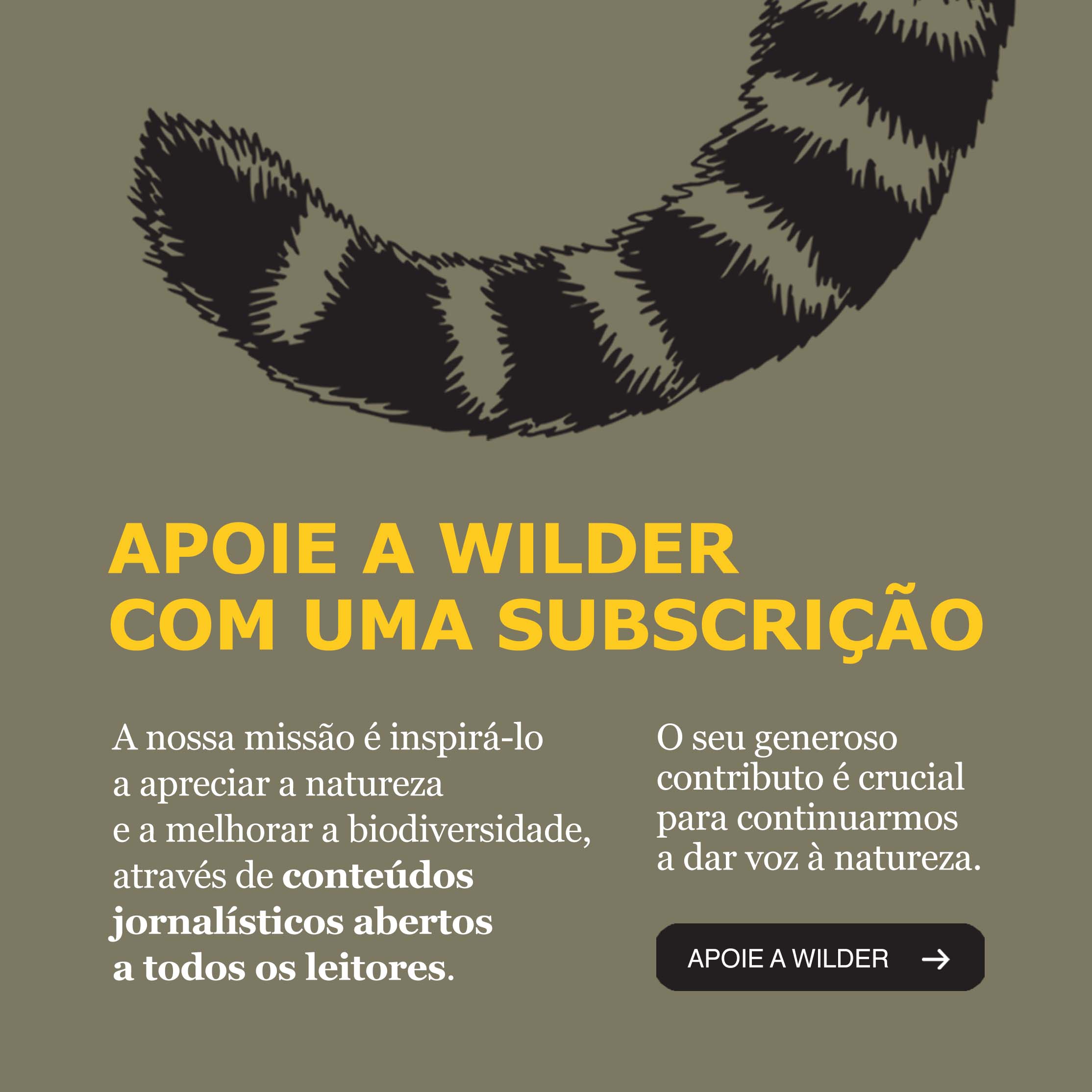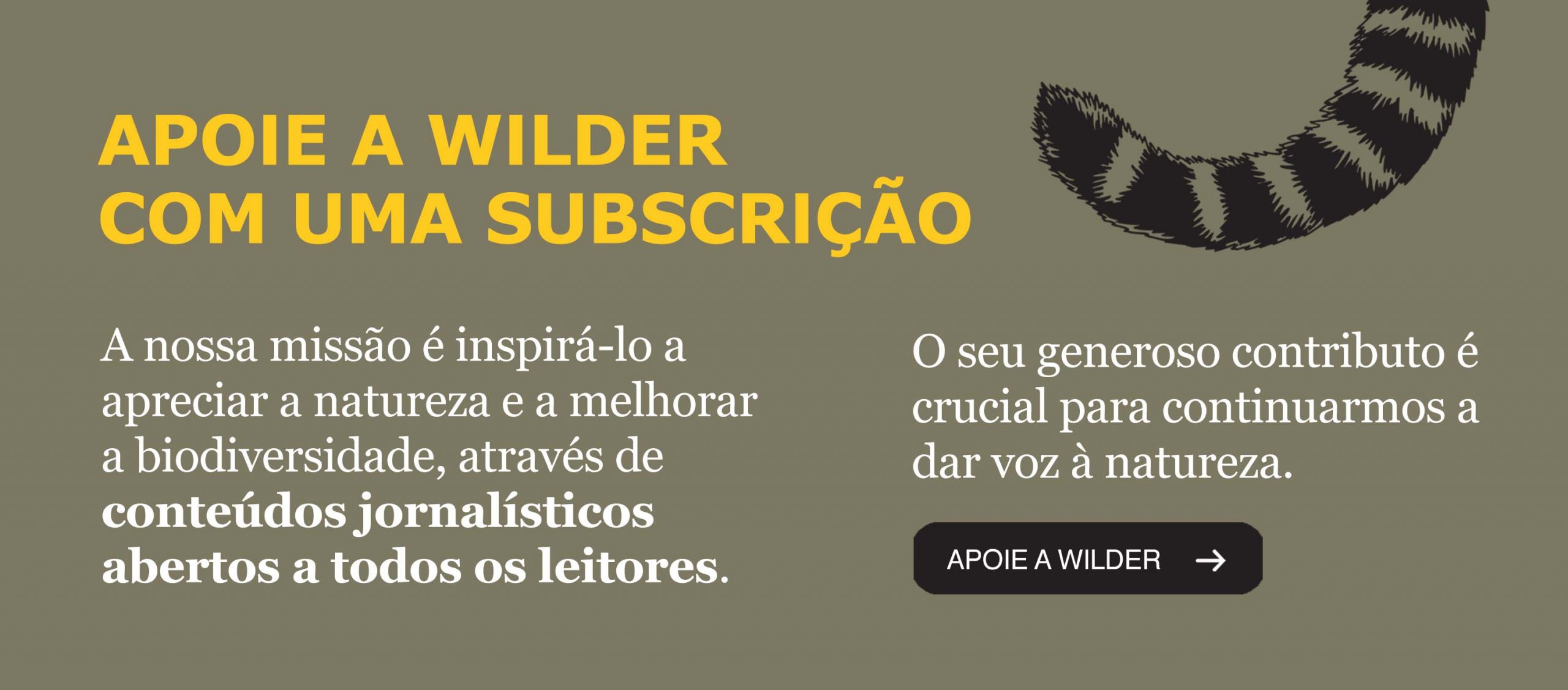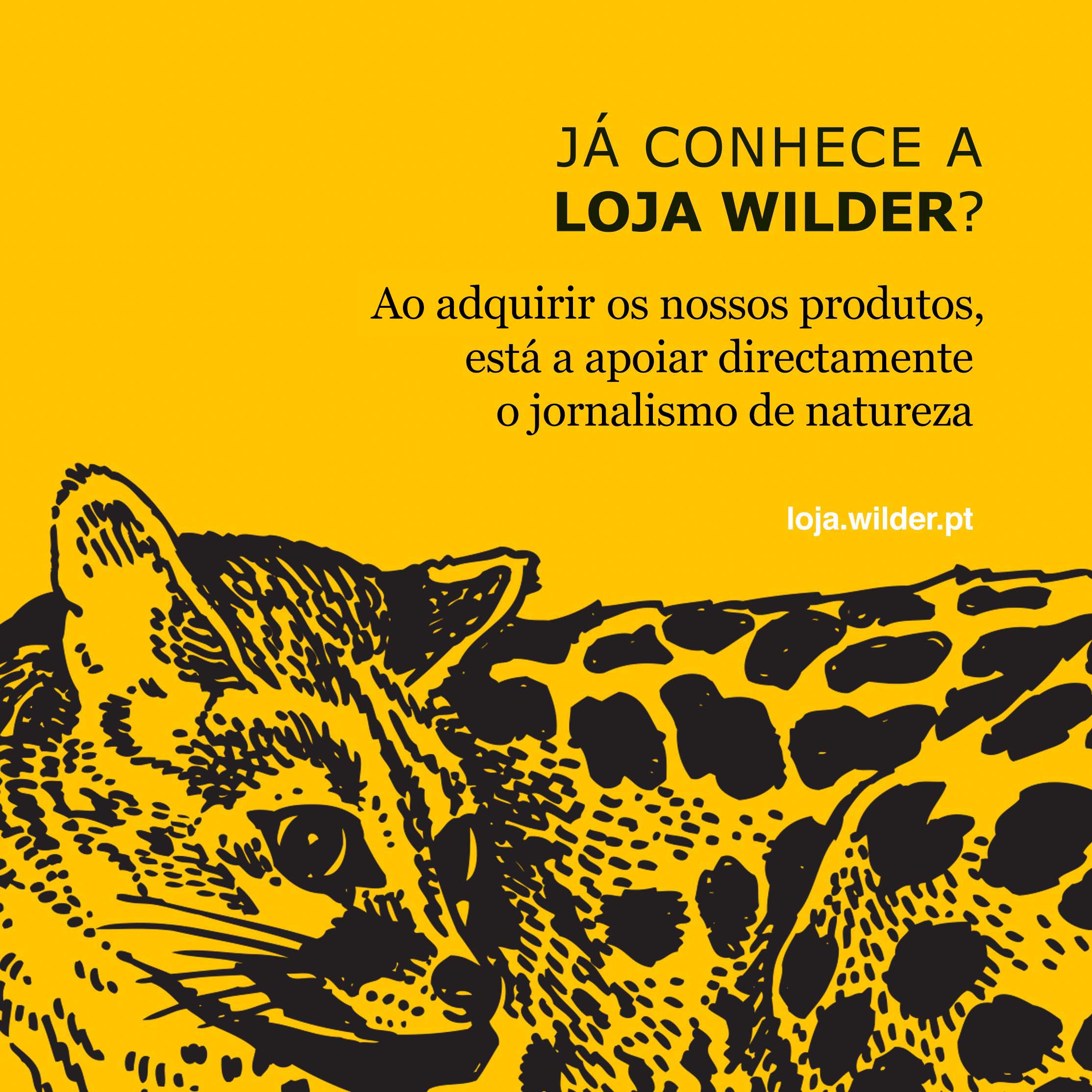Marcello Pettineo’s characters are not humans. This Sicilian artist, 59, draws wild animals. Many of them we’ve never heard of before, as the pangolin, or never saw in our life, as a puma. Others are too scary, like a tarantula, or too tiny, as a woodlouse. Or even too ordinary, as a snail.
But Pettineo sparks our interest right from the start.
We’re surprised when we look at a drawing for the first time, whatever it may be. Pettineo’s pencil marks on the paper compel us to see every animal as for the first time.
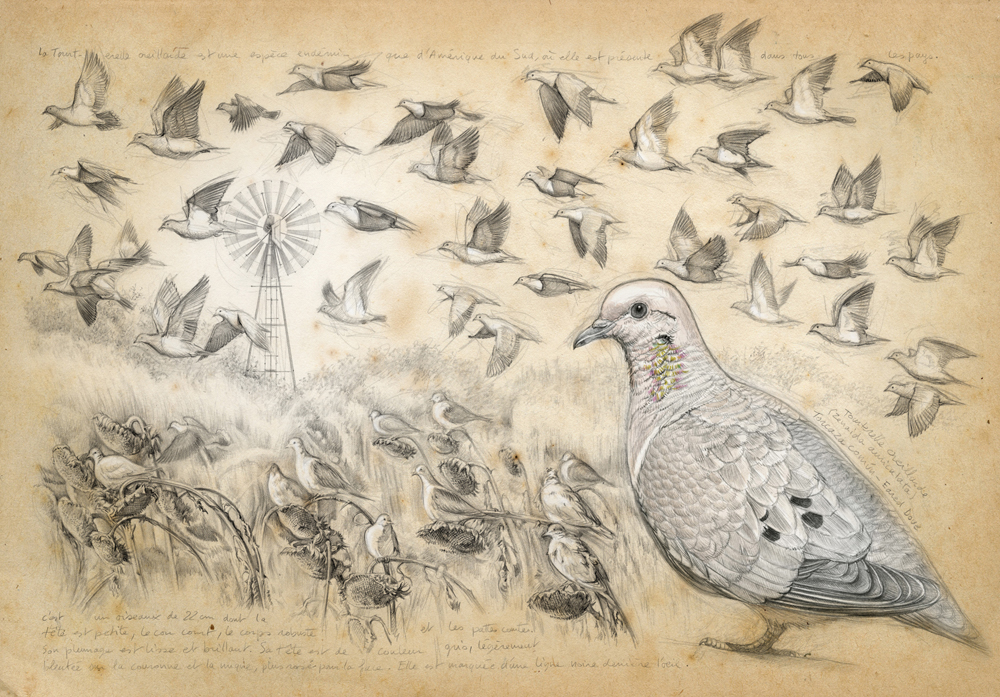
This naturalist’s world, made from graphite, has too much beauty and enthusiasm for us to be indifferent. But, above all, it has too many resemblances with our own. This artist’s drawings remind us what we have in common with wildlife, through chapters that tell stories, explain and simplify animal life. To help us understand. As if his drawings were short films. From hundreds of works there are deer fighting, lions taking a nap, hares scratching its ears, spiders hunting or even birds feeding their chicks. And, without noticing, we feel an enchanted closeness to any species, be it an African elephant or a woodlouse.
So, what inspires this artist, as people live further away from wilderness and wildlife? We’ve asked that to Pettineo, by email, a few days after the release of the book “4m2 de Nature”, of which he is co-author.
He works at his studio, in the outskirts of Paris, a place full of books, insect and feather collections, paintings of fish, deer and birds, and lots of pencils and brushes. It’s almost like a naturalist cabinet from the XVII century. The decoration is made with a purpose. “I want my work to look like a naturalist’s sketchbook, with pencil drawings and handmade notes amongst the pages”, he tells us. As the naturalists from the XIX century, Pettineo blends drawings, travels, discoveries, observation and natural science.
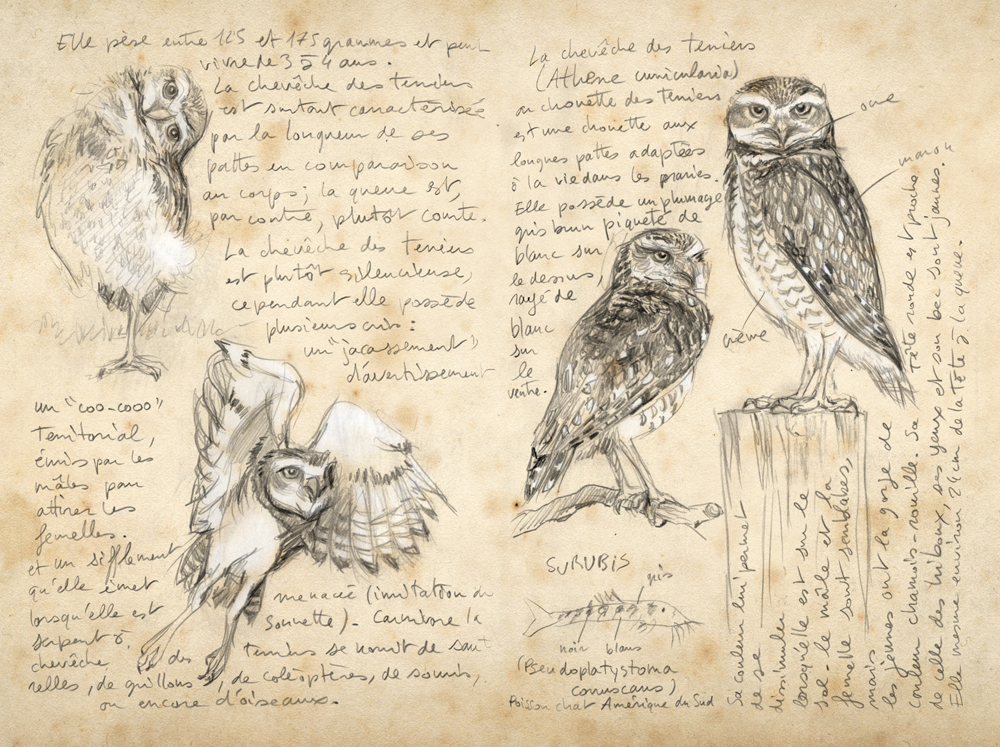
This graphic designer, working in the French agency Fremens, drew his inspiration from the so-called curiosity cabinets in the XVI century and from the artists who, since the XVII century, travelled the world to observe and describe unknown species.
Pettineo has travelled to the four corners of the Earth taking in his backpack a Moleskine sketchbook, some pencils and a little watercolour set. He draws, takes notes and puts his ideas on paper. Later, in his studio, he completes his work, taking time with the details. “Usually, in my trips I don’t find the time to make final drawings. It’s all too fast. Having that in mind, I can only admire the old naturalists who had to do it”, he says.
Back in his studio, Pettineo takes a sheet from his watercolour sketchbook and his sharpened pencils. Then he gathers sketches and photos of the animal he is about to draw and, finally, he sets the composition. One sheet can embrace several life episodes from species as small as a woodlouse and as big as an elephant. Thorough details of eyes and feathers stand side by side with simple sketches. “I want the viewer to be bewildered, evoke his curiosity and give him a renewed taste for a broad field of knowledge”, he added.
“I have drawn all my life and nature has always been my inspiration”. His parents weren’t artists or painters but they treasured art. And many times, Pettineo saw his father with a pencil in his hand. He was a carpenter. “They worked very hard and it was very important that me and my brother stayed at home and behave. Drawing was a good option to keep us quiet. In those days I used to draw with China ink in big sheets of Canson paper 65 x 50 cm”.
Today, he still draws; that’s the best way he knows to observe nature. Pettineo has done some works for the Natural History Museum in Paris and collaborates with “Nat’Images” and “Espèces” French magazines. “I love when I have to study and discover animals in order to draw them”.
He is curious about nature since he was a child, when he spent time and time again observing salamanders in the fields around his house. “I still love observing and finding new things in nature, specially fauna”.
However, Pettineo would like his work to be understood beyond its ornamental beauty. “Because that’s just a way for me to pass my message. And that message is to enhance biodiversity knowledge in order to preserve it”.
Besides, that’s the goal of his most recent book, “4m2 de Nature”, published in December 2014. The work – with 192 pages, 400 photographs, 350 sketches and 200 illustrated species – is a partnership between photographer Stéphane Hette, naturalist Emmanuel Fery and Pettineo himself.
“It was Stéphane who started the project and he asked me to do the drawings. I got excited about the idea and, therefore, we decided that I would be co-author. The main goal is to show that we don’t need to go to the other side of the world to be amazed with nature. Many times, the adventure is just two steps away”.
“4m2 de Nature” has taken six years in the making. It’s a book about the species of four quite different biotopes – sea, woods, country fields and gardens – from the Champagne-Ardenne region, in northwest of France. “We wanted to show the variety of that region’s biodiversity and give back to the inhabitants and tourists the desire to discover what surrounds them, mixing science and nature, history and modernity”.
[divider type=”thin”]
Now it’s your turn. Marcello Pettineo tells you how to draw a frog. Go to Pettineo’s site to know more about his work.

